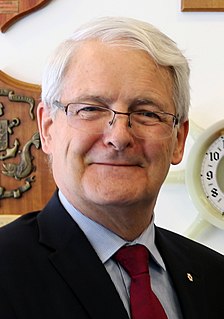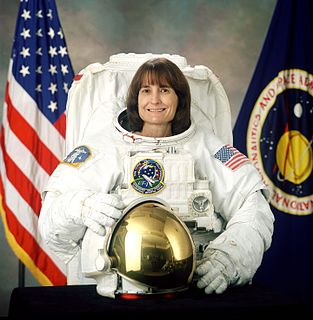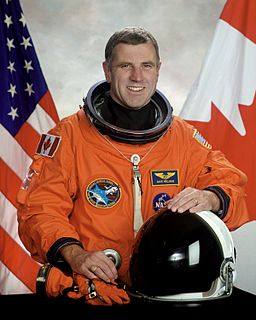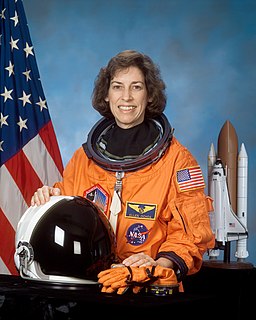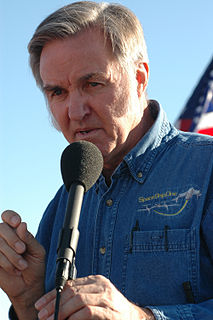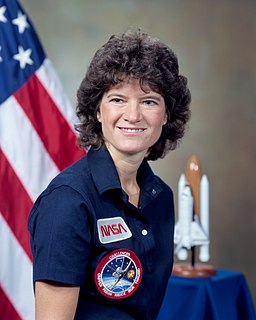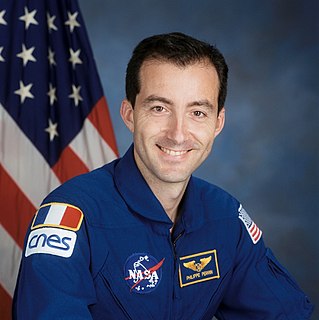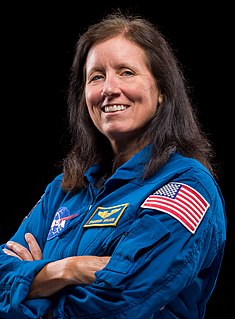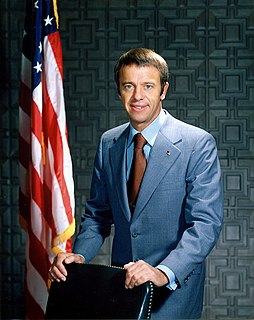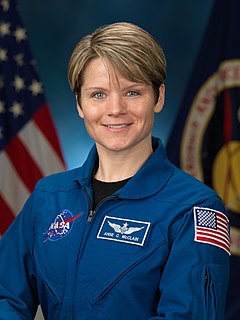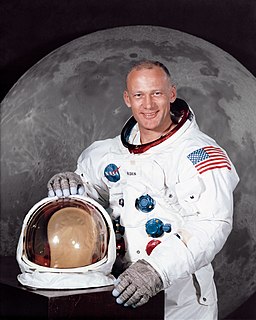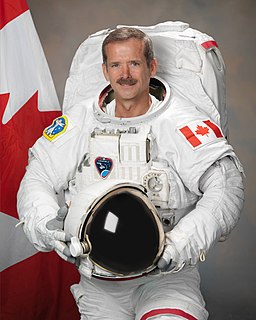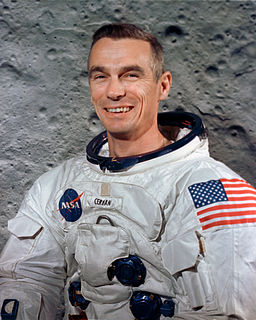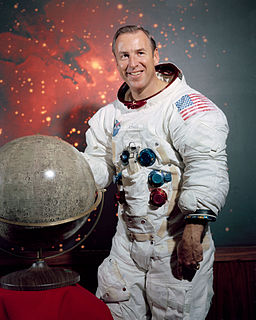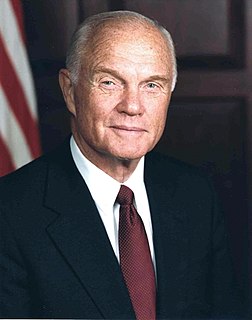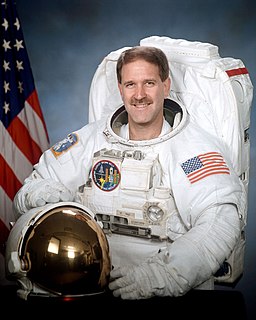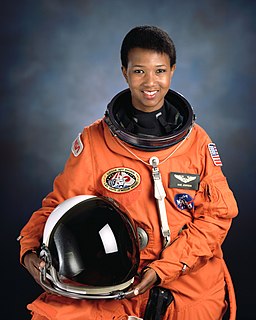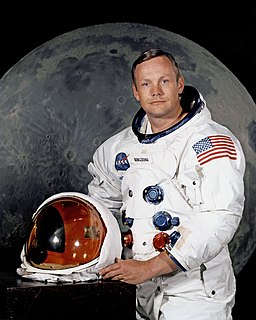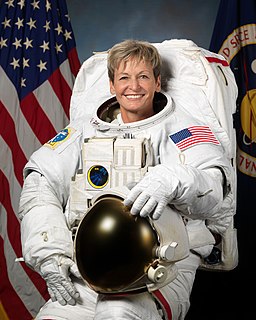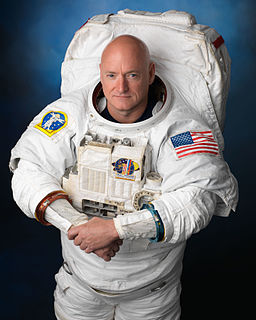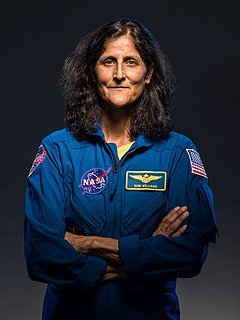A Quote by Marc Garneau
In 1983, NASA invited Canada to fly three payload specialists, in part because we had contributed the robotic arm that is used on the shuttle.
Related Quotes
What an incredibly proud moment as a Canadian to have the Canadian flag on the left shoulder of your space suit, looking at the Canadian logos on the robotic arm in the payload bay of the space shuttle, and there's the Orbiter Boom Sensor System, which was an extension of the Canadarm to inspect the tiles underneath the orbiter. It struck me that there were more Canadian logos in space than any other country's I saw.
On my second space walk, I was riding the Canadarm, heading down toward the payload bay of the space shuttle, and I could see the space shuttle highlighted against the Earth in the background, and there was this black, infinite, hostile void of space. I remember looking down at the Earth and thinking, "Beneath me is a 4½-billion-year-old planet, upon which the entire history of the human species has taken place." That was an incredibly humbling moment, and I had a bit of an epiphany.
We need to be very thoughtful about how we propose to spend the money that NASA does have for space exploration. And we need to be clear that there's the human spaceflight part of NASA, and there's the science space part of NASA, and there's also aeronautics. Those are all very different things that NASA does.
The IIP had to be folded up by the Harper Conservatives after it became clear - and as it took the 'South China Morning Post's Ian Young to reveal - that Canada's ragged refugee-class immigrants had contributed more to Revenue Canada than the IIP's big-spender immigrant investors did over the life of the program.
